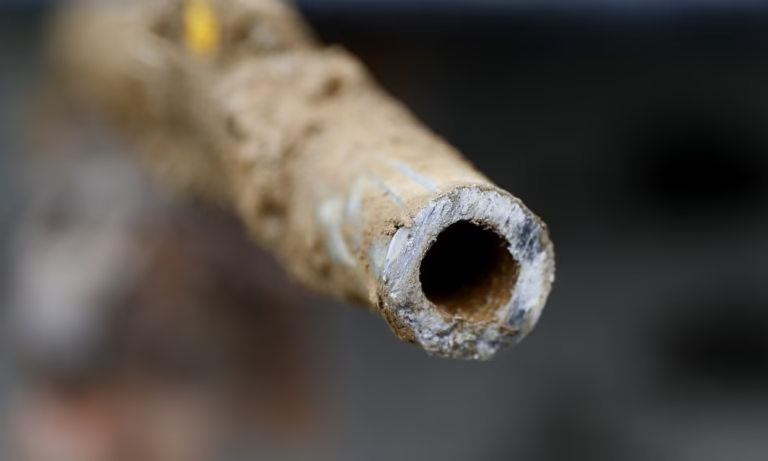The U.S. Environmental Protection Agency (EPA) reports that nearly half a million lead pipes have been replaced nationwide, benefiting approximately 1.2 million people. This milestone marks significant progress in improving clean water infrastructure across communities.
Lead pipe replacement is a crucial step in ensuring safe drinking water. Aging pipelines have long been a public health concern, and the EPA’s initiative addresses this by modernizing water systems and reducing exposure to harmful contaminants.
Communities across the country have seen tangible benefits from the program. Replacing lead pipes not only improves water quality but also enhances public confidence in local water supplies, particularly in areas that historically faced infrastructure challenges.
The EPA emphasized that community-based partnerships are key to the success of this initiative. By working closely with local governments, water utilities, and stakeholders, the program ensures efficient implementation and prioritizes areas with the greatest need.
Beyond public health, the infrastructure upgrades have environmental and economic benefits. Modernized water systems reduce maintenance costs, prevent water loss, and support sustainable urban development while creating local jobs in construction and engineering.
Experts note that clean water infrastructure is a foundation of healthy communities. Lead pipe removal is a vital component of broader efforts to modernize water systems, protect public health, and provide long-term resilience against environmental risks.
The initiative aligns with federal goals to invest in infrastructure improvements nationwide. Funding under programs such as the Bipartisan Infrastructure Law and EPA grants supports both urban and rural areas, helping ensure equitable access to clean water.
Communities receiving upgrades have reported measurable improvements in water quality. Schools, homes, and businesses now have access to safer water, reducing the risks associated with lead exposure, particularly for children who are most vulnerable to its effects.
The scale of the project—nearly 500,000 pipes—demonstrates the federal government’s commitment to tackling a longstanding public health issue. It also sets a precedent for continued investment in clean water systems and modern infrastructure nationwide.
Looking ahead, the EPA plans to expand efforts to replace additional lead pipes and enhance water treatment technologies. These upgrades are expected to provide long-term benefits for millions more residents while promoting community health and resilience.
The initiative highlights how strategic federal investment can produce meaningful outcomes. By prioritizing safe drinking water and modern infrastructure, the U.S. is making measurable progress toward public health, environmental protection, and community well-being.
Overall, the replacement of nearly half a million lead pipes represents a major achievement in U.S. clean water infrastructure. The initiative ensures safer water for over 1.2 million people and underscores the importance of continued investment in sustainable, community-focused solutions.
This progress reflects the growing recognition that access to clean water is essential. Federal, state, and local collaboration in infrastructure modernization provides a model for other nations seeking to address similar public health and environmental challenges.


